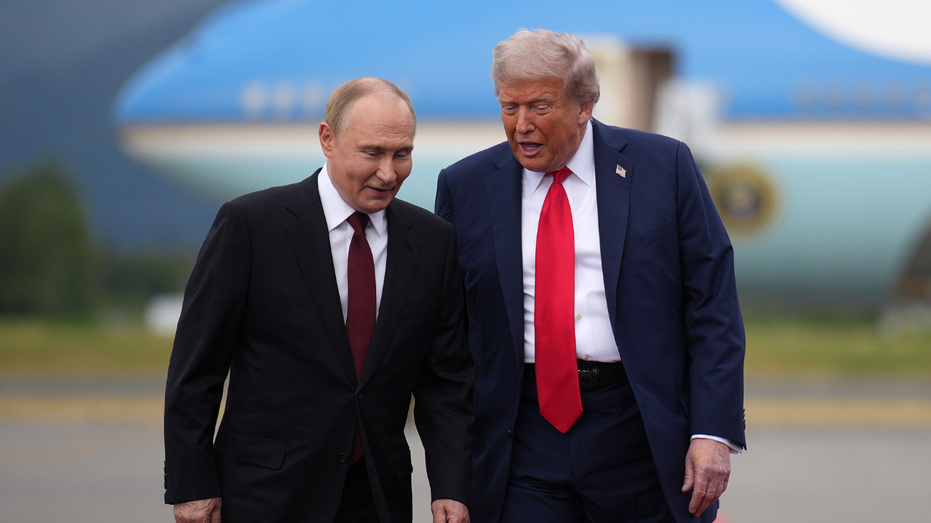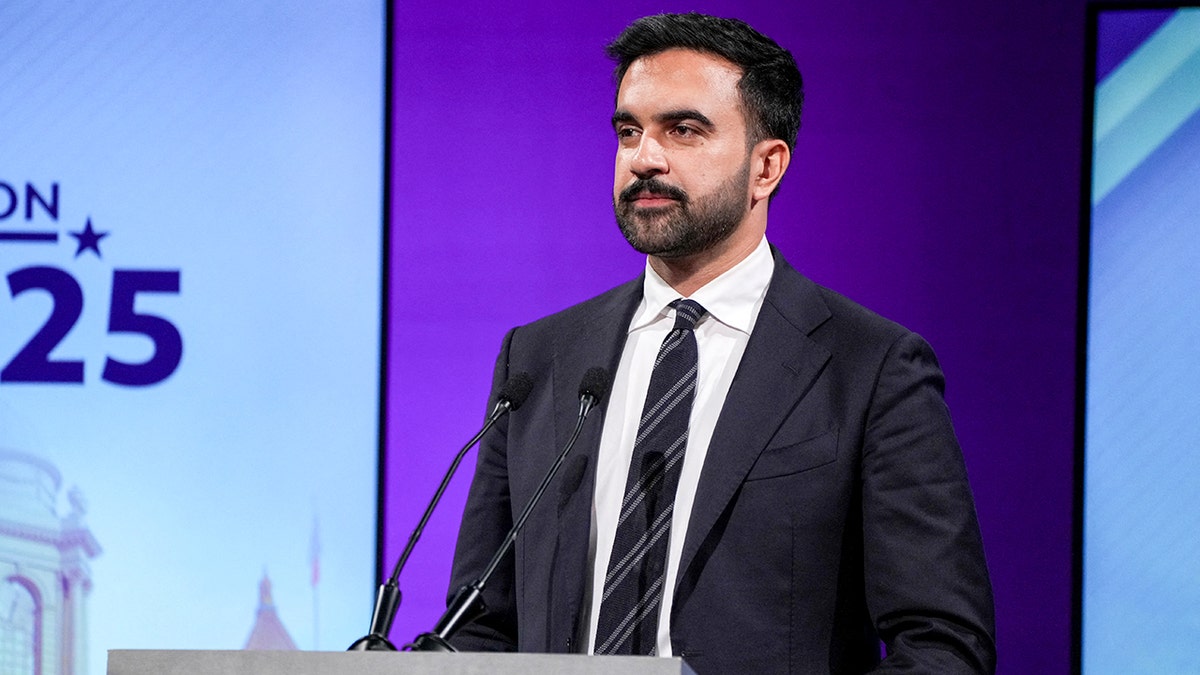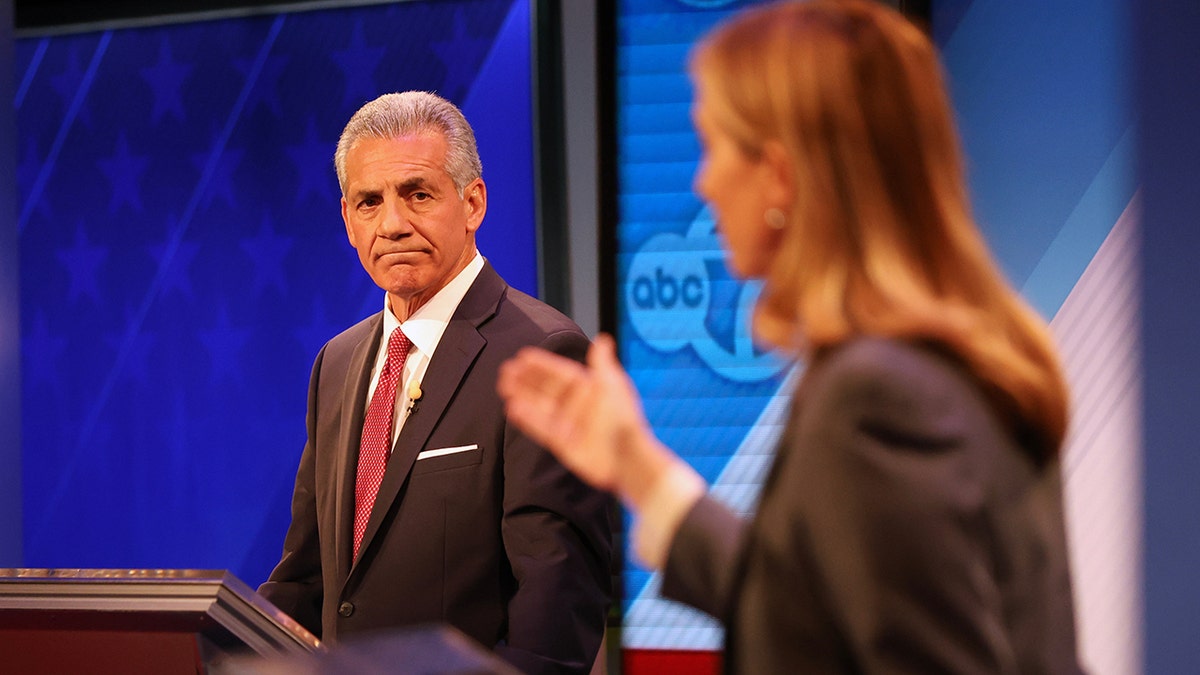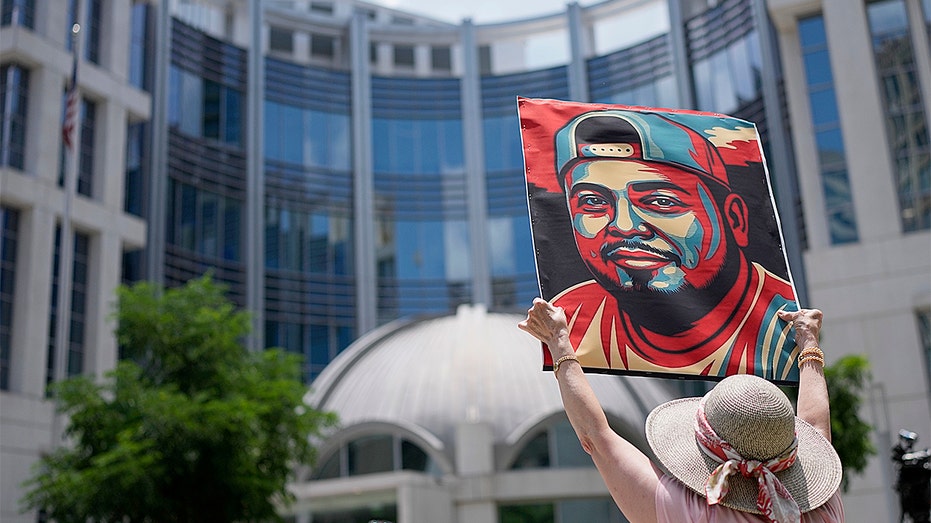A dramatic shift has occurred in the pronouncements coming from the President regarding Ukraine, moving from assertive demands directed at Moscow just weeks ago to a noticeably more detached stance.
Initial strong pledges of support for Ukraine and promises to hasten the end of Russia’s invasion are now overshadowed by a perceived lessening of commitment to aiding Kyiv and actively pursuing a resolution to the ongoing conflict.
The change began subtly during a recent visit from Ukrainian President Volodymyr Zelenskyy to Washington. Expectations were high for approval of long-range missile systems, but that support never materialized.
The President cited lengthy training requirements and the need to maintain U.S. stockpiles as justification, while also firmly denying reports of relaxed restrictions on Ukraine’s ability to strike targets within Russia with long-range weaponry.
A significant development followed with the announcement of a U.S. Army brigade’s return home from rotational deployments in Romania, Hungary, and Bulgaria. While downplayed by the President as “not very significant,” European allies viewed the withdrawal with considerable concern.
One European official expressed fears that this move would embolden Russia to escalate attacks on Ukraine and expand its regional influence, signaling a potential unraveling of carefully constructed security arrangements.
This softer approach extended to a recent meeting with Chinese President Xi Jinping, where, unlike previous instances with India, no pressure was applied to curtail Chinese purchases of Russian oil.
The topic of ending the war did arise, but with a diminished sense of urgency. The President suggested a collaborative effort, yet also offered a startling observation: “sometimes you have to let them fight, I guess.”
For a leader who once vowed to “end the war on Day One,” these comments suggest a transition from proactive intervention to a posture of reluctant acceptance—a foreign policy appearing less strategic and more reactive.
Despite the shift, some actions offer a contrasting signal. Recent sanctions targeting major Russian oil companies, Lukoil and Rosneft, have prompted them to begin divesting international assets, potentially impacting Moscow’s financial resources.
While troop withdrawals are anticipated, some observers characterize the overall changes as marginal, describing the President’s approach as a predictable “pendulum” swinging between opposing positions.
Simultaneously, the U.S. announced a resumption of nuclear weapons testing for the first time in decades, citing the testing programs of “other countries.” Russia has claimed recent tests of nuclear-powered drones and missiles, though without detonation.
Previously, the President had urged European nations to shoot down Russian aircraft violating their airspace, with administration officials reaffirming a commitment to defend “every inch” of NATO territory.
Plans for a meeting with President Putin in Hungary were abruptly canceled, with the President expressing frustration that past conversations had yielded no tangible results, stating they “just don’t go anywhere.”
Against this backdrop, Ukraine endured a massive overnight bombardment, facing 705 missiles and drones. While many were intercepted, the attack resulted in the tragic loss of four lives.
Even as the administration maintains a commitment to peace “through strength,” the recent actions and statements present a complex and evolving picture, leaving allies uncertain about the direction of U.S. policy toward Ukraine.






